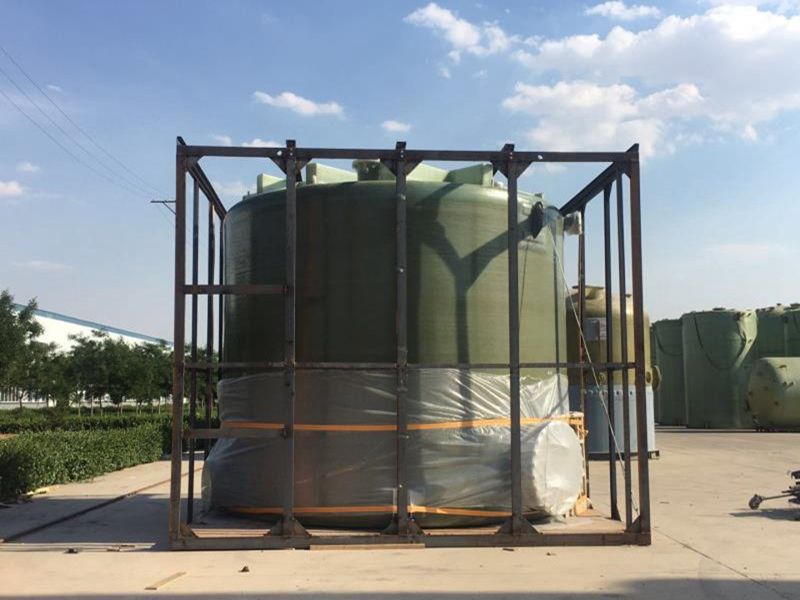
-
 Afrikaans
Afrikaans -
 Albanian
Albanian -
 Amharic
Amharic -
 Arabic
Arabic -
 Armenian
Armenian -
 Azerbaijani
Azerbaijani -
 Basque
Basque -
 Belarusian
Belarusian -
 Bengali
Bengali -
 Bosnian
Bosnian -
 Bulgarian
Bulgarian -
 Catalan
Catalan -
 Cebuano
Cebuano -
 China
China -
 China (Taiwan)
China (Taiwan) -
 Corsican
Corsican -
 Croatian
Croatian -
 Czech
Czech -
 Danish
Danish -
 Dutch
Dutch -
 English
English -
 Esperanto
Esperanto -
 Estonian
Estonian -
 Finnish
Finnish -
 French
French -
 Frisian
Frisian -
 Galician
Galician -
 Georgian
Georgian -
 German
German -
 Greek
Greek -
 Gujarati
Gujarati -
 Haitian Creole
Haitian Creole -
 hausa
hausa -
 hawaiian
hawaiian -
 Hebrew
Hebrew -
 Hindi
Hindi -
 Miao
Miao -
 Hungarian
Hungarian -
 Icelandic
Icelandic -
 igbo
igbo -
 Indonesian
Indonesian -
 irish
irish -
 Italian
Italian -
 Japanese
Japanese -
 Javanese
Javanese -
 Kannada
Kannada -
 kazakh
kazakh -
 Khmer
Khmer -
 Rwandese
Rwandese -
 Korean
Korean -
 Kurdish
Kurdish -
 Kyrgyz
Kyrgyz -
 Lao
Lao -
 Latin
Latin -
 Latvian
Latvian -
 Lithuanian
Lithuanian -
 Luxembourgish
Luxembourgish -
 Macedonian
Macedonian -
 Malgashi
Malgashi -
 Malay
Malay -
 Malayalam
Malayalam -
 Maltese
Maltese -
 Maori
Maori -
 Marathi
Marathi -
 Mongolian
Mongolian -
 Myanmar
Myanmar -
 Nepali
Nepali -
 Norwegian
Norwegian -
 Norwegian
Norwegian -
 Occitan
Occitan -
 Pashto
Pashto -
 Persian
Persian -
 Polish
Polish -
 Portuguese
Portuguese -
 Punjabi
Punjabi -
 Romanian
Romanian -
 Russian
Russian -
 Samoan
Samoan -
 Scottish Gaelic
Scottish Gaelic -
 Serbian
Serbian -
 Sesotho
Sesotho -
 Shona
Shona -
 Sindhi
Sindhi -
 Sinhala
Sinhala -
 Slovak
Slovak -
 Slovenian
Slovenian -
 Somali
Somali -
 Spanish
Spanish -
 Sundanese
Sundanese -
 Swahili
Swahili -
 Swedish
Swedish -
 Tagalog
Tagalog -
 Tajik
Tajik -
 Tamil
Tamil -
 Tatar
Tatar -
 Telugu
Telugu -
 Thai
Thai -
 Turkish
Turkish -
 Turkmen
Turkmen -
 Ukrainian
Ukrainian -
 Urdu
Urdu -
 Uighur
Uighur -
 Uzbek
Uzbek -
 Vietnamese
Vietnamese -
 Welsh
Welsh -
 Bantu
Bantu -
 Yiddish
Yiddish -
 Yoruba
Yoruba -
 Zulu
Zulu
fiber reinforced plastic tank
Fiber Reinforced Plastic Tanks A Sustainable Solution for Modern Needs
Fiber reinforced plastic (FRP) tanks have emerged as a revolutionary advancement in storage solutions across various industries. These tanks, made from a combination of plastic and reinforcing fibers, offer numerous advantages over traditional materials such as metal and concrete. This article explores the benefits, applications, and future potential of FRP tanks.
Strength and Durability
One of the standout features of fiber reinforced plastic tanks is their remarkable strength-to-weight ratio. The incorporation of fibers — often glass or carbon — enhances the tensile strength of the plastic, making it highly resistant to impact and stress. Unlike metal tanks, which are prone to corrosion, or concrete tanks that can crack and degrade over time, FRP tanks maintain their integrity even in harsh environments. This makes them ideal for storing various liquids, including corrosive chemicals, fuels, and waste products.
Corrosion Resistance
In industries such as wastewater treatment, chemical manufacturing, and food processing, the risk of corrosion is a significant concern. Traditional materials such as steel or iron often succumb to chemical reactions, leading to leaks and contamination. FRP tanks, however, are inherently resistant to a wide range of corrosive substances. This resistance not only prolongs the lifespan of the tanks but also reduces maintenance costs and the need for frequent replacements.
Lightweight and Versatile
fiber reinforced plastic tank

Another advantage of FRP tanks is their lightweight nature. Weighing considerably less than their metal or concrete counterparts, these tanks are more accessible to transport and install. This ease of handling makes them a preferred choice in areas where heavy equipment might be impractical. Additionally, FRP can be molded into various shapes and sizes, providing flexibility in design that can accommodate specific storage requirements.
Environmental Considerations
In today’s world, sustainability is a significant focus across industries. FRP tanks can be part of a green initiative, as they are often made from recyclable materials and have a long service life. Furthermore, the lightweight nature of FRP contributes to reduced energy consumption during transportation and installation. By choosing fiber reinforced plastic tanks, companies can minimize their environmental footprint while meeting their storage needs.
Applications Across Industries
The applicability of FRP tanks spans numerous sectors. In the agricultural industry, they are utilized for the storage of fertilizers and pesticides. In the oil and gas sector, they serve as effective solutions for storing various types of fuels. Moreover, FRP tanks are increasingly being adopted in the food and beverage industry for their ability to maintain product integrity and purity.
Conclusion
As industries continue to evolve and demand more efficient, reliable, and sustainable storage solutions, fiber reinforced plastic tanks stand out as a compelling option. Their durability, resistance to corrosion, lightweight nature, and versatility make them an ideal choice for modern applications. As technology advances and environmental concerns grow, FRP tanks will likely play an increasingly important role in safe and effective storage solutions across the globe. Investing in fiber reinforced plastic tanks not only meets immediate operational needs but also contributes to sustainable practices for a better future.









